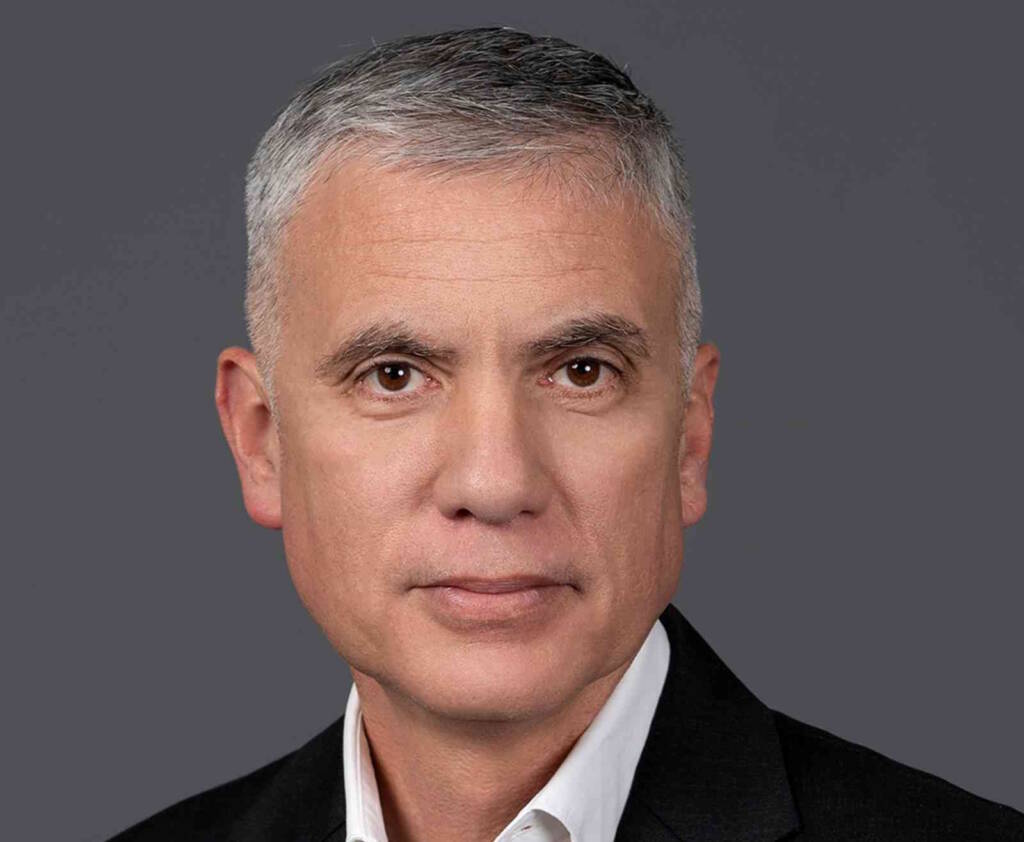General Paul Nakasone retired from active military service on April 1. But the 1986 Saint John’s University graduate is still finding plenty of ways to stay busy.
On May 10, he was one of two new trustees whose election was approved by the College of Saint Benedict and Saint John’s University boards. They will each start their terms of service on July 1.
That came on the heels of an announcement by Vanderbilt University that Nakasone – who served as commander of U.S. Cyber Command, director of the National Security Agency and chief of the Central Security Service from May of 2018 through Feb. 1 of this year – will serve as founding director and leader of the school’s new Institute for National Defense and Global Security, which is expected to officially launch in September of this year.
According to a release from the school, the institute will focus on fields like engineering, artificial intelligence, cybersecurity, neuroscience, the humanities, biological science, emergency medicine, nursing, law and policy. It will be housed in Vanderbilt’s School of Engineering, but will feature involvement from faculty, staff and students across a wide range of the school’s academic areas.
“One of the things that really attracted me to this position is that there are 16 times more people over the age of 50 working on national security issues today than there are under the age of 30,” said Nakasone, a White Bear Lake, Minnesota native who also commanded U.S. Army Cyber Command from 2016 to 2018.
“That concerns me. Those 16 times more people over the age of 50 are people who, like me, are close to retirement. But the people under the age of 30 are the ones who are going to inherit these problems. So being able to build a new generation of people who can do this is very important to me.”
In the release, Vanderbilt Chancellor Daniel Diermeier lauded Nakasone as the ideal choice to help get the institution off the ground.
“It is an immense honor to have someone as accomplished and highly decorated as General Nakasone transition from his lifelong service to the nation to leading Vanderbilt’s Institute for National Defense and Global Security,” Diermeier’s statement read. “General Nakasone’s record of achievement in the area of cybersecurity is unmatched. He has been a critical figure in supporting our national defense – and has done so with unprecedented speed and efficiency.”
Nakasone said the institute will be based around four primary pillars – education, innovation, convening and advising.
“Some things are still in flux, but there are going to be a number of different programs we’ll try to offer,” Nakasone said. “One will be very similar to something Saint John’s and Saint Ben’s have done for many years and that’s bringing people to Washington, D.C. There will also be a broader fellows program where we’ll have (recognized) people from government, industry and the military come in and spend time on campus. And we’ll look at having a series of lectures along with the annual Summit on Modern Conflict and Emerging Threats that has been held here in the springtime.
“There is a greater calling in service,” he continued. “I learned that at Saint John’s. That was clearly part of our DNA there. And I have a real strong view that national service is something that all Americans should try and participate in. I want to be able to engender that same type of excitement, that same type of service feeling, that I left Saint John’s with. That’s something I’m going to try to instill in the folks who are part of this program.”
But even with all that on his plate, Nakasone also found time to travel to Hawaii earlier this month to present posthumous Purple Heart medals to the families of five members of a unit of Japanese-language linguists during World War II.
The five were part of a group of 31 military personnel killed when their transport plane hit a cliff while attempting to land in Okinawa on Aug. 13, 1945 – just two days before Japan surrendered, bringing the conflict to an end.
In the chaos of the war’s end, only two of the 31 were ever awarded Purple Hearts, an omission that was caught by researchers in Hawaii and here in Minnesota where many Japanese American linguists in the Military Intelligence Service trained during the war at places like Camp Savage outside the Twin Cities.
There was a deeply personal connection for Nakasone, whose own father came from Hawaii to Minnesota to train as a linguist during the war. All five of those honored at the ceremony – held on the shores of Pearl Harbor – had trained in Minnesota as well, at a time when many Americans of Japanese descent faced internment on the West Coast.
“Minnesota was a state that was open to training in a time of virulent racial hysteria,” said Nakasone, who added that efforts continue to make sure Purple Hearts are awarded to the other 24 individuals who did not receive them.
“You had a governor in Harold Stassen who welcomed military intelligence soldiers of Japanese-American heritage. Many other governors said ‘No, we don’t want you in our state.’ That was a moment of political courage, and he should be recognized for that. Our state welcomed these people. So being a Minnesotan, and being able to be part of this ceremony, is something I take great pride in.”

Retired General Paul Nakasone ’86

